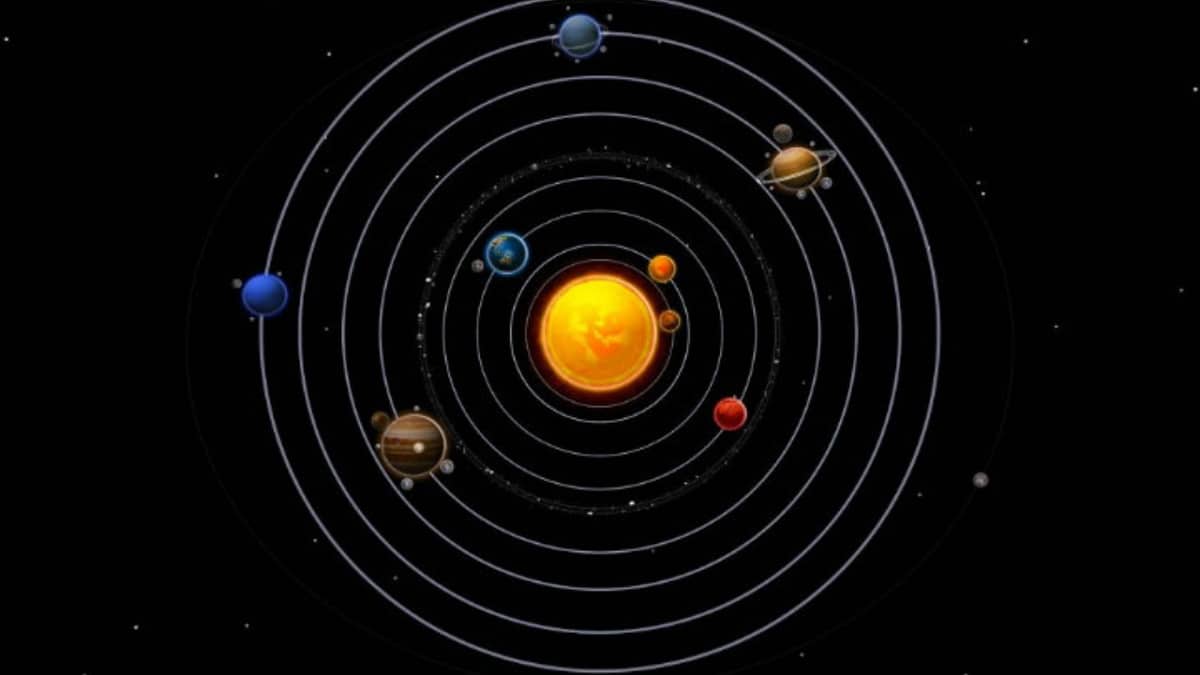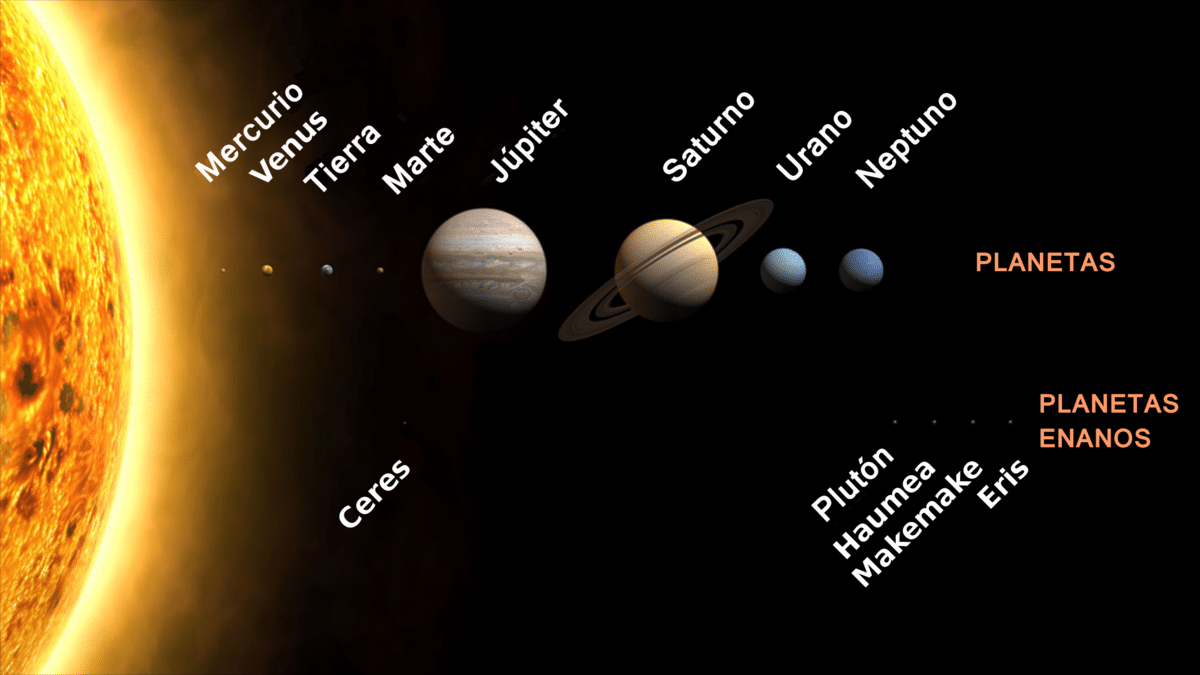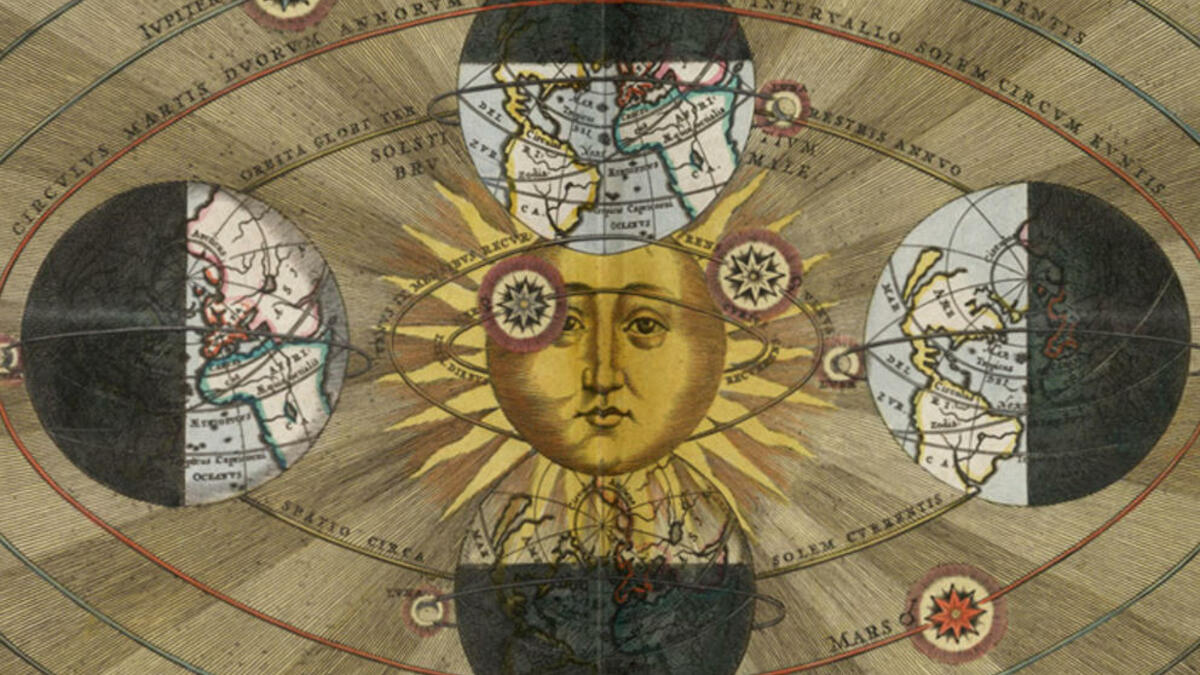
Formerly it was thought that all planets revolved around the earth. This theory was known as geocentrism. Later in the XNUMXth century came Nicolaus Copernicus to postulate that it was the sun at the center of the universe. It was the central part in which the rest of the planets and stars revolved. This theory was known as heliocentrism.
In this article we are going to tell you everything you need to know about heliocentrism, its characteristics and the main differences with geocentrism.
Characteristics of heliocentrism

In the middle of the XNUMXth century, the heliocentric theory or heliocentrism proposed by Nicolaus Copernicus assumed that the sun is the center of the universe, and the planets and stars revolve around it instead of the Earth, as had been thought since the XNUMXnd century AD.
Before the publication and dissemination of Copernicus's De Revolitionibus Orbium Coelestium (On the Revolutions of the Celestial Orbs, 1543), the most famous and accepted theory in Europe was the theory of the Hellenistic astronomer Claudius Ptolemy (XNUMXnd century AD). Ptolemy supported Aristotle's theory that the earth is the center of the universe and created a model to explain the different movements of the sun, planets and stars around the earth, which was exposed in his work Almagest, which was disseminated by the Arabs and Christians. It was widely disseminated and until the XNUMXth century.
The first author to propose that the sun is the center of the universe was Aristarchus of Samos (270 BC). He was a saint in the Library of Alexandria. He also estimated the size of the earth and the distance between the earth and the sun. .distance. But this idea would not prevail over the one developed by Aristotle. The earth was fixed, surrounded by a series of spheres in which the sun, the moon, the planets and other stars were inserted. This system is later perfected by Claudius Ptolemy (145 AD), another saint from the Library of Alexandria.
But we must wait until the XNUMXth century, and the work of the Polish priest, mathematician and astronomer Nicholas Copernicus, before the earth can be replaced by the sun and become the center of the universe. The heliocentric theory places the sun at the center of the universe, and the Earth, other planets, and stars revolve around it. Copernicus also assumed that the earth has three types of motion: motion around the sun, rotation, and deflection around its axis. Copernicus based his theory on a theoretical justification and on a series of tables and calculations to predict the movement of the stars.
In the aforementioned book, Copernicus stated the following about heliocentrism:
“All the spheres revolve around the Sun, which is in the middle of all of them […] any movement that seems to occur in the sphere of the fixed stars is not actually due to any movement of the latter, but rather to the movement of the earth".
Small biography of Copernicus

Nicolás Copernicus was born into a wealthy family whose main job is business. However, he was orphaned at the age of 10. Faced with loneliness, his uncle took care of him. The influence of his uncle helped Copernicus to obtain a great development in culture and also further stimulated people's curiosity about the universe.
In 1491 he entered the University of Krakow under the direction of his uncle. It is believed that if Copernicus had not been orphaned, Copernicus would be nothing more than a businessman like his family. Already at a higher level at the university, he continued to go to Bologna to complete his training. He attended courses in canon law and received guidance from Italian humanism. All the cultural movements of the time had a decisive influence on his inspiration to develop the heliocentric theory that led to the revolution.
His uncle passed away in 1512. Copernicus continued to work in the ecclesiastical position of canon. It was already in 1507 when he elaborated his first exposition of the heliocentric theory. Unlike what was thought that the Earth was the center of the Universe and that all the planets, including the Sun, revolved around it, the opposite was exposed. But the work that finally makes his theory known, On the Revolutions of the Celestial Orbs, was published in 1543, the same year that Copernicus died of a stroke.
Heliocentrism and geocentrism

In this theory, it was observed how the sun became the center of the solar system and the earth orbited it. On the basis of this heliocentric theory, all who study astronomy began to produce and distribute a large number of handwritten copies of the plan. Due to this theory, Nicholas Copernicus is considered an amazing astronomer. All your research on the universe must be based on the theory that the planets revolve around the sun.
Copernicus's work has been expanded to explain and defend the heliocentric theory in detail. Unsurprisingly, to expose a theory that modifies all current beliefs about the universe, it must be defended with evidence that can disprove the theory.
In the work, we can see that the universe has a finite spherical structure, in which all the main movements are circular, because they are the only movements suitable for the nature of celestial bodies. In his thesis, many contradictions can be found with the concept of the universe before this one. Although the earth is no longer the center and the planets no longer revolve around it, there is no single center shared by all the heavenly bodies in its system.
On the other hand, previously geocentrism was in force. It is a model that makes up the universe in relation to the position of the Earth. Among the basic statements of this theory we find:
- Earth is the center of the universe. It is the rest of the planets that are in motion on it.
- Earth is a fixed planet in space.
- It is a unique and special planet if we compare it with the rest of the celestial bodies.. This is because it does not move and has unique characteristics.
I hope that with this information you can learn more about heliocentrism and its characteristics.